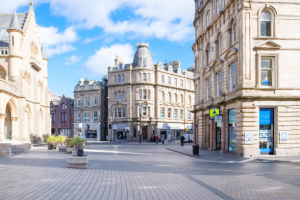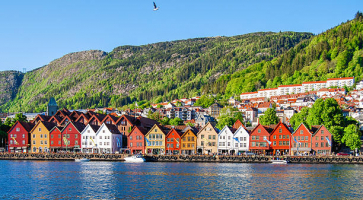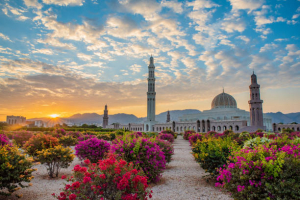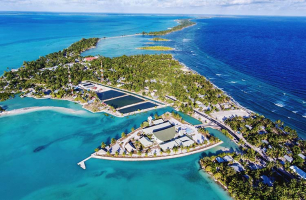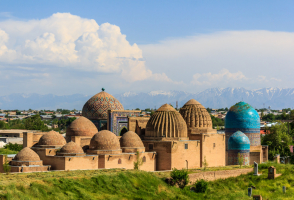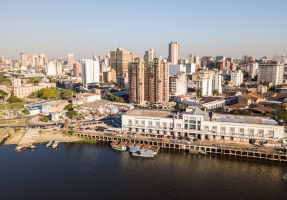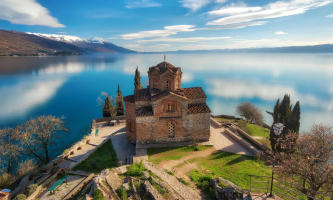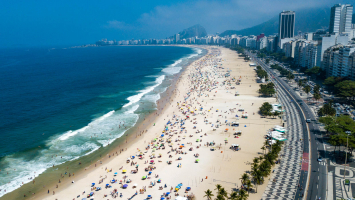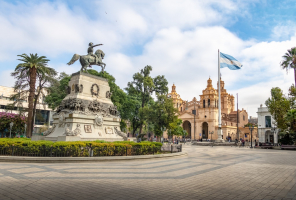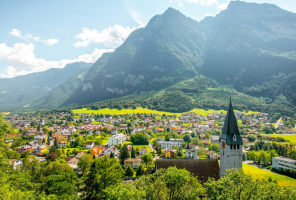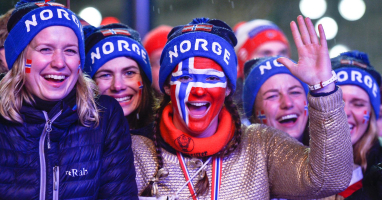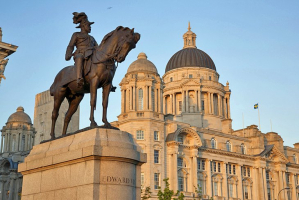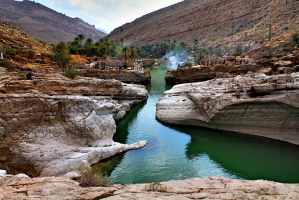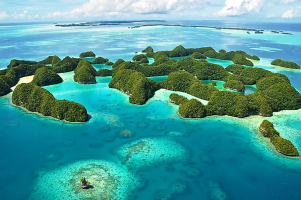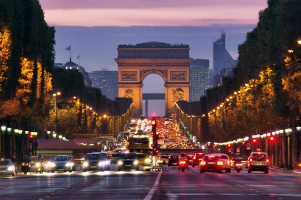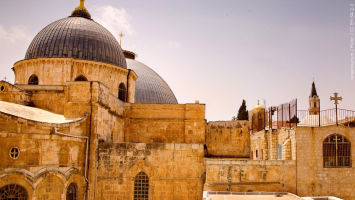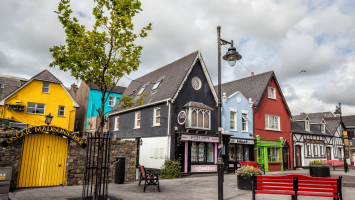Top 10 Reasons to Visit Denmark
Denmark, a Scandinavian archipalegic nation, is renowned for its high standard of living, cobblestoned medieval cities, and creative capital. Although it may ... read more...be among the nicest locations on earth to live, is it worth traveling to? Denmark, which is made up of the Jutland peninsula and more than 400 islands, is a representation of Scandinavian life, but it's much more than just its Viking origins, northern light retreats, and fairy tales. Denmark has emerged from its overwhelmingly rural past into the 21st century with colorful harbors, royal palaces, and more beer than you can drink. It deserves a spot on your travel wish list. Here are the top reasons to visit Denmark that can persuade you if you haven't given the idea much thought in the past.
-
Denmark is a paradise for those who love nature. The nation is home to some of the most breathtaking landscapes in the world, with its undulating hills, clear lakes, and towering mountains. Denmark is the ideal destination to get away from the bustle of the city because of its handy location in the middle of Europe. Therefore, Denmark has something to offer everyone, whether they're seeking a tranquil weekend break or an exhilarating journey through the woods.
In the spring when the flowers blossom and the weather is milder, Denmark's natural beauty is at its most beautiful. You'll have more time to experience everything Denmark has to offer because the days are longer. You can wander through one of the many parks or spend the day unwinding in Tivoli Gardens. At Amager Beach Park, you can swim, sunbathe, or go for a stroll along the water's edge if you're looking for something a little more active.
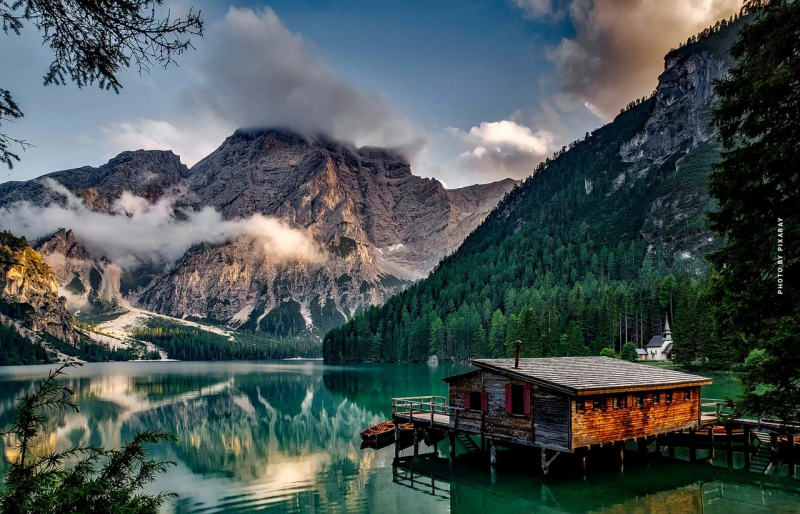
fivmagazine.com 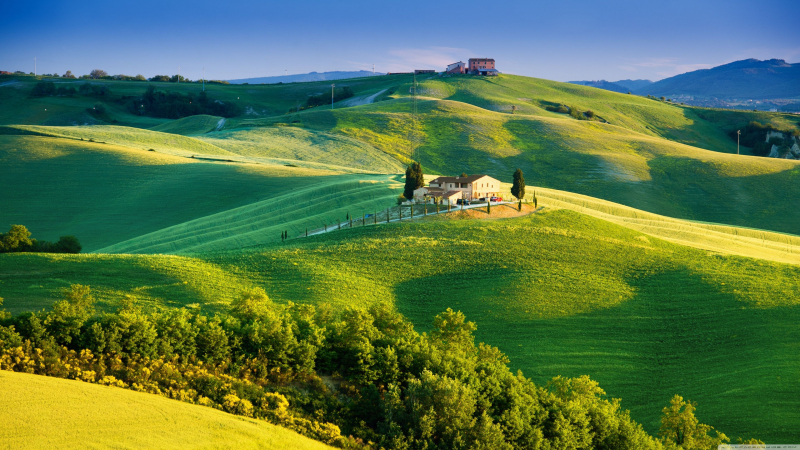
wallpaperaccess.com -
Numerous plants and animals have a natural habitat in Denmark. Numerous deer species, including roe, red, and fallow, foxes, hares, squirrels, and more are considered mammals. With over 300 species of birds identified in the nation, there is also a plethora of avian life. In Denmark, there are three national parks that serve as a refuge for this wildlife. These parks are unique in that they are open all day, every day, and admission is free.
Thy National Park, which is situated in the Thisted Municipality, was created in 2007. This national park has a diverse landscape including dunes, heath, woodlands, and grasslands. The area is covered in lakes, and a tiny portion of the Limfjord is included in the park. A game preserve established in 1930, Hanstholm Vildtreservat, is the focus of the park's northern section. As with the rest of the park, this game reserve is home to a wide variety of bird species.
Mols Bjerge National Park is situated in Syddjurs Municipality in Central Jutland and was created in August 2009. The park is named after the 137-meter-high Mols Bjerge hills (449 ft). This protected area of Denmark, a haven for birdwatchers, offers habitats for species ranging from sea birds to birds of prey. Along with other threatened ecosystems like salt marshes, coastal heath, and beach meadows, the area is home to foxes, hares, and deer.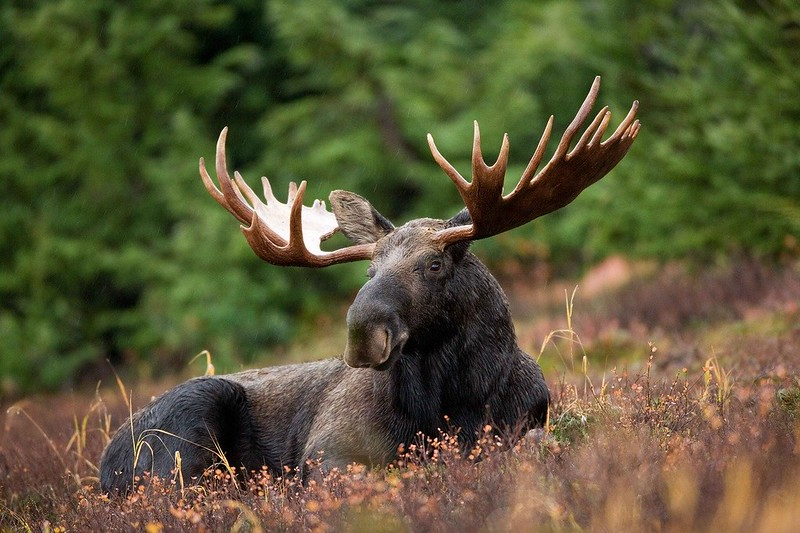
adventurousmiriam.com 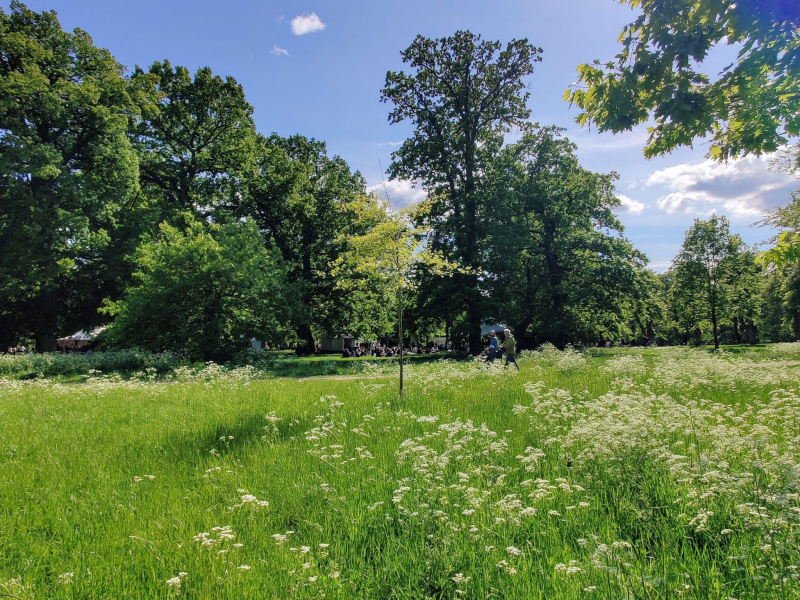
livewildly.co -
Denmark experiences pleasant weather and a temperate climate all year long as a result of its location in the middle of several seas, with western breezes sweeping warm air across the majority of the nation. Furthermore, Denmark's daytime and nighttime temperatures don't differ very much, so if you're planning a trip to this Nordic nation, you won't need to carry different clothes for activities during the day and at night.
In Denmark, the typical temperature varies from 34 degrees Fahrenheit (zero degrees Celsius) in February to 64 degrees Fahrenheit (17 degrees Celsius) in July. However, wind gusts and changes in wind direction can significantly alter the weather at any time of the year. There are no really dry seasons in Denmark, but the country experiences constant rain throughout the year, with the wettest months being September through November. With an average of 170 wet days per year in Copenhagen, Denmark receives 24 inches of precipitation annually.
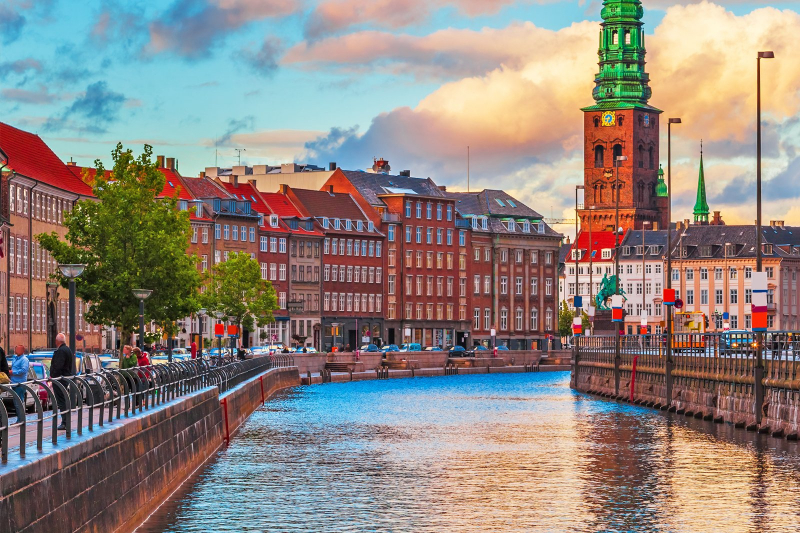
uk.hotels.com 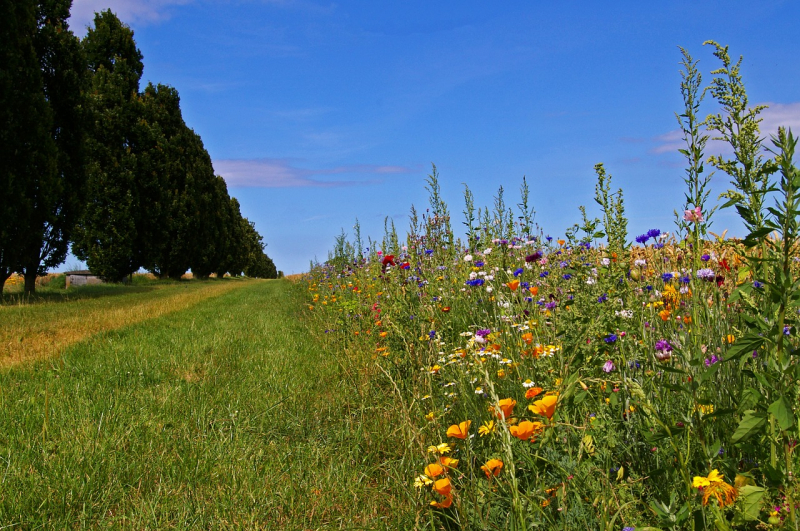
seasonsyear.com -
No matter where in Denmark you go, whether it be to restaurants, cafes, bakeries, bars, or the abundance of sweets they have available, you're going to find some excellent and fresh cuisine. Danish cuisine is simple and unpretentious. Most national foods are based on what can be cultivated from the soil, such as rye bread, root vegetables, oatmeal, and canned meats, and are rooted in the peasant diet that was popularized before the Industrial Revolution. Danish cuisine emphasizes seafood and is dotted with fishing villages, and the country's culinary tradition is still rooted in its modest origins.
Danish pastries, now known as danishes over the world, are perhaps some of the most well-known and adored sweets in Denmark. The beer and wine are also very popular, and there are lots of breweries you can visit for an adventure in beer sampling that is certainly worth a day trip. In addition to these well-known treats, the restaurants serve delicious meals with a wide selection of good meat and fresh veggies. Wherever you are staying, whether you go on a luxurious trip in the city or just to a tiny local area, it's all going to be amazing. Furthermore, if you have a sweet tooth, Denmark is known as a magical nation of sweets, including their renowned salt liquorice (though perhaps that one need some getting used to).

visitdenmark.com 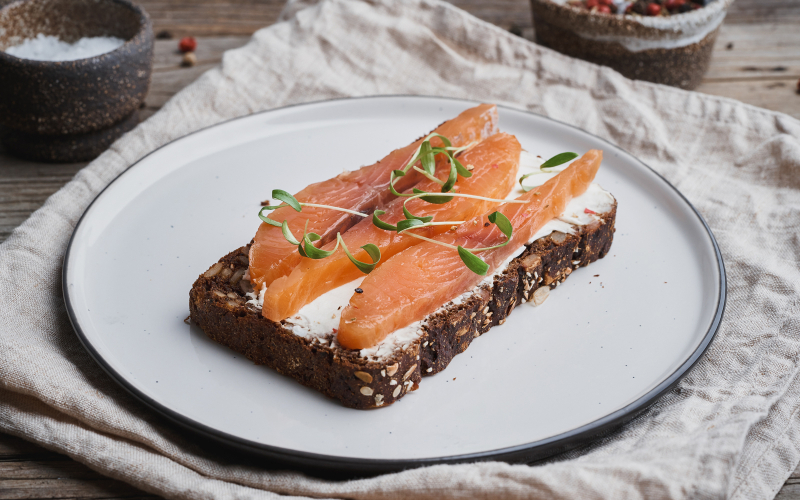
scandinaviastandard.com -
Even though it rains more than 170 days a year and rarely gets beyond 20 degrees Celsius, the Danes are constantly ranked as the world's happiest people, which says a lot about their way of life. It would seem that the secret to contentment is a small population, a long history of a successful democracy, stable welfare payments, and little corruption. Along with something Danish people refer to as "Hygge," a word that cannot be translated into English but denotes a contented and relaxed state of mind.
Danes are content with what they receive and make few demands. Happiness is valued more highly than safety and comfort, and progress is frequently not gauged by the growth of the nation's GDP. Although, it can’t hurt that Denmark also has one of the most developed economies in the world.
Denmark is a dazzlingly alluring place to visit and reside because of all of these factors. Who wouldn't want to go to Scandinavia and learn their secrets if being born there is a surefire way to have a happy life? It can only be beneficial to spend time with some of the world's happiest people, especially if their great energy spreads. The happiness of Danes also contributes to low crime rates, great personal safety, and hospitable and helpful locals for tourists.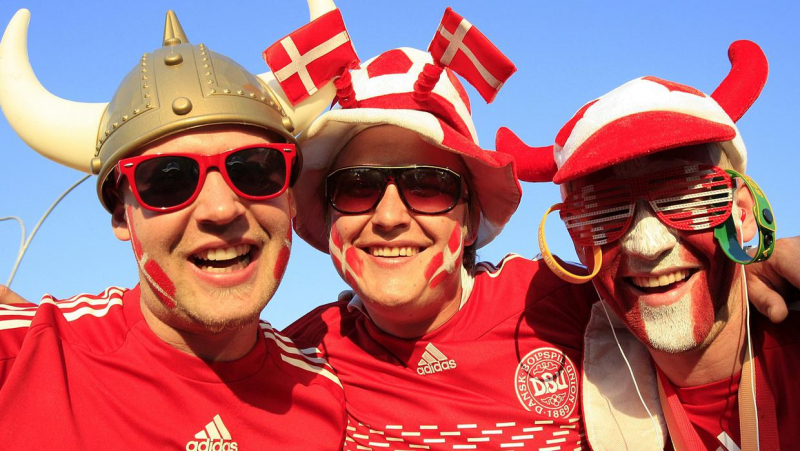
independent.ie 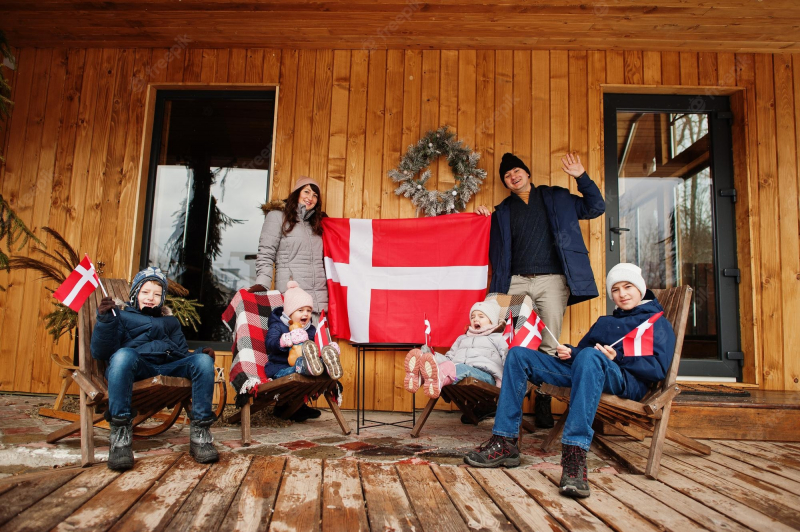
freepik.com -
Archaeological discoveries have uncovered a wealth of information on the Viking era's influence on Danish architecture. When Romanesque and Gothic churches and cathedrals began to appear all over the nation in the Middle Ages, it solidified its position. Brick started to replace stone as the preferred building material during this time, not only for churches but also for fortifications and castles in a nation with limited availability of stone.
Danish architecture is exquisite and diversified, ranging from Viking military strongholds to Roman, Gothic, Renaissance, Baroque, and even the most modern forms. Every part of Denmark has a unique history to share, and the magnificent architecture will awe any visitor. Visit the Kronborg castle, which served as the inspiration for Hamlet in William Shakespeare's play, as well as the Fredensborg and Frederiksborg Palaces, located just north of Copenhagen. The Royal Library, the Royal Danish Opera House, and the intriguing Iceberg Building, an apartment building in Aarhus, are all noteworthy examples of modern architecture.
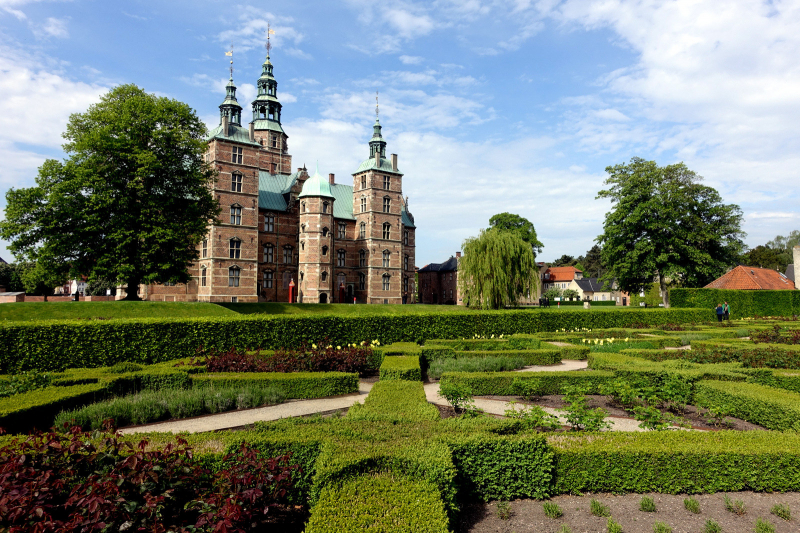
tripzilla.com 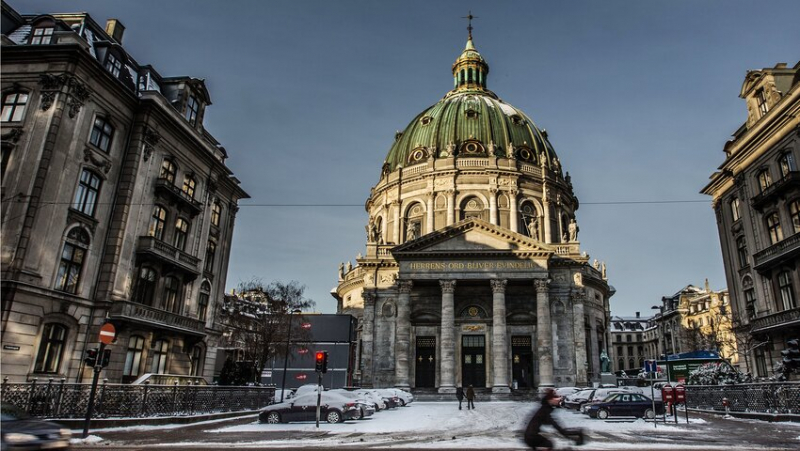
usnews.com -
Denmark is one of the most exciting places you can travel to, did you know that? The fact that Denmark is a cycling heaven is undoubtedly one of the best reasons to go there. For those who prefer two wheels to four, here is a utopia where even the cities are designed for bicycle transport. Unquestionably, this is one of the reasons to visit Denmark.
The roads in Denmark are ideal for cyclists of all skill levels, whether traveling through the city or venturing into nature. They even have a variety of cycling programs, so you'll never be far from a bicycle when you need one. You could do the round-trip route in a day. Still, the resort towns of Allinge, Gudhjem, and Svaneke, and the pretty fishing villages between them – Teglkås and Snogebæk stand out – are perfectly spaced out for taking it slower, stopping every couple of hours from exploring the alleys between whitewashed, low-roofed cottages, feasting on smoked fish, and visiting the sites. The official cycling guide recommends four days. If you love cycling, this should be at the top of your bucket list.
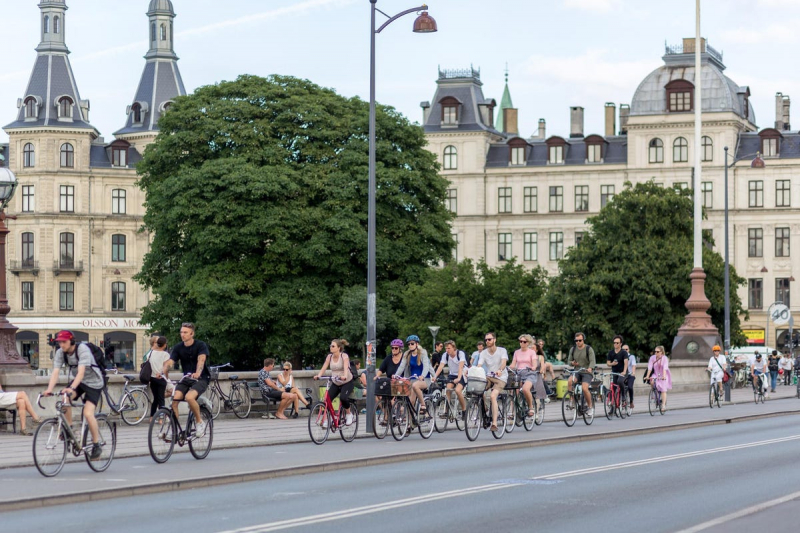
forbes.com 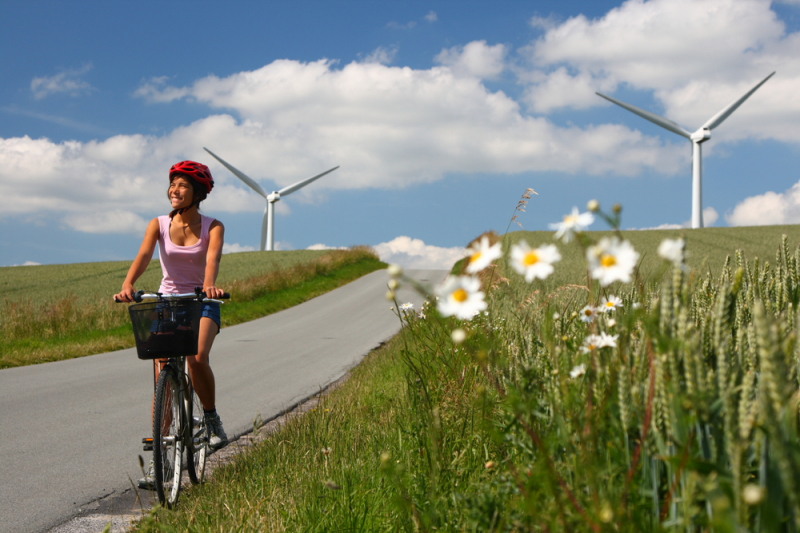
theculturetrip.com -
Bordering Germany and Sweden, and with coastlines along the North Sea and Baltic Sea, the Scandinavian nation of Denmark isn't an obvious choice for a beach holiday. But there are other beaches, many of which are unexpectedly good, due to the coastline's complexity and the abundance of islands of varied sizes and shapes. Furthermore, no matter where you are in Denmark, a beach is never far away.
Denmark's beaches might not be as beautiful as those in more tropical locations, but this is Scandinavia, so you can expect them to be sparse and typically empty. Many of the top beaches have earned the coveted "Blue Flag" designation, indicating that they adhere to strict guidelines for water quality, beach safety, and amenities. For those in the know, Denmark's beaches are among the greatest in all of Europe. Some of the nation's most famous beaches include fine, frequently white sand, rolling dunes, lush beach grass, clear, dazzling seas, and steely blue-gray skies.
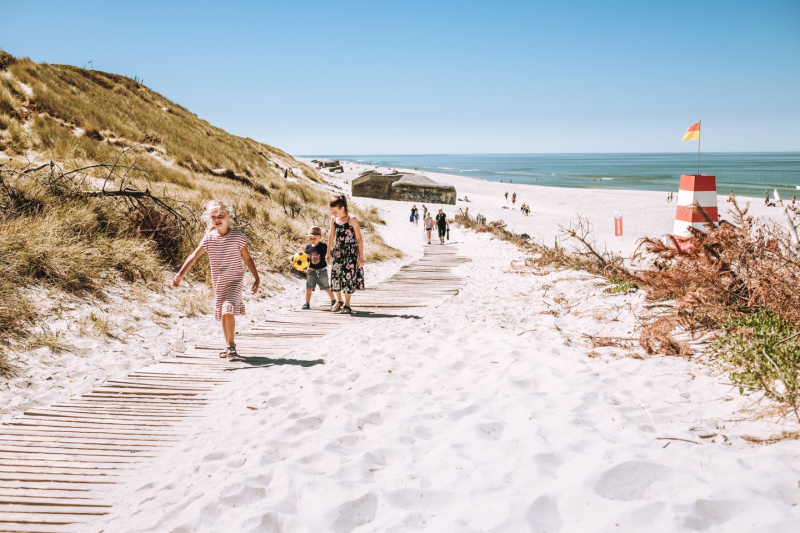
visitdenmark.com 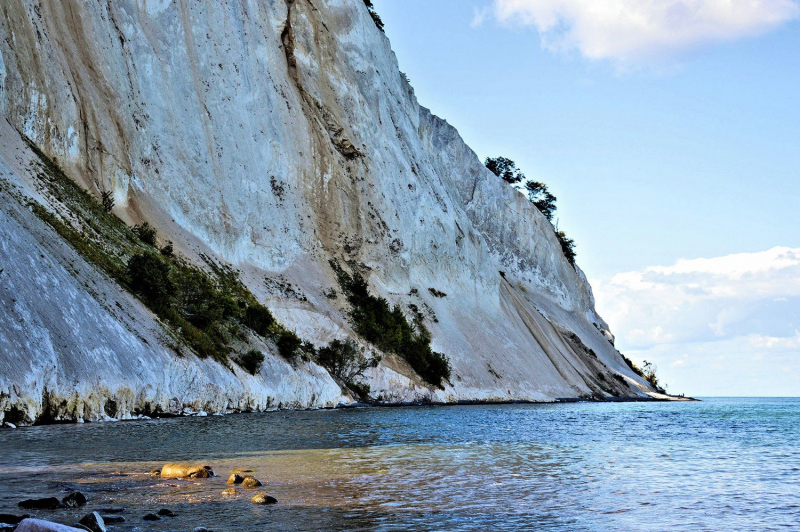
shershegoes.com -
One of the most enticing aspects of visiting Denmark is that you will be safe, even if you are traveling alone as a woman. That's not to say you shouldn't be cautious in certain areas, and you definitely shouldn't get drunk and roam the streets in the middle of the night, but for the most part, Denmark is an incredibly safe country with a very low crime rate. Even in major cities such as Copenhagen or Aarhus.
It's simple to move around, whether you're staying in Copenhagen or traveling outside of the city. Ask a bystander for assistance if you get lost or need help; the inhabitants are kind and many speak at least a basic level of English, if not better. The largest cities in Denmark, particularly Copenhagen and Aarhus, are home to a large number of renowned nightclubs. Travelers can go out alone with safety, and you'll probably make friends with locals or other travelers, but you should be wary of the widespread use of illegal drugs in some places.
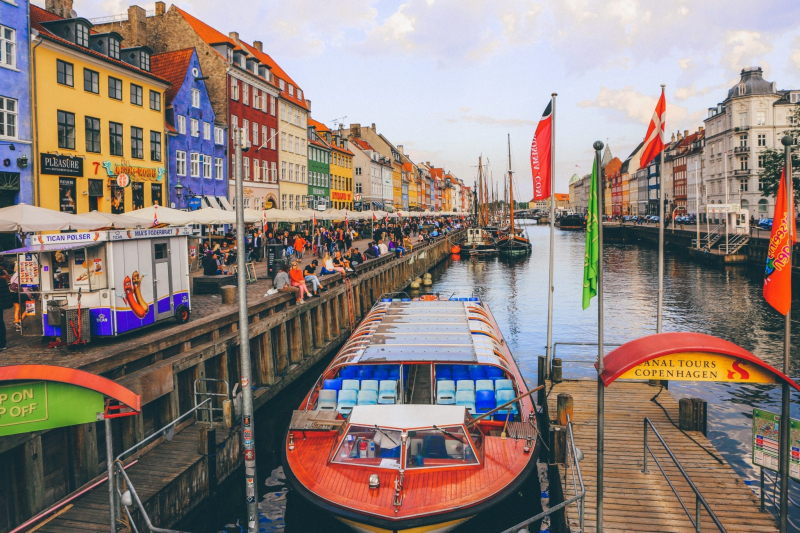
internationalinsurance.com 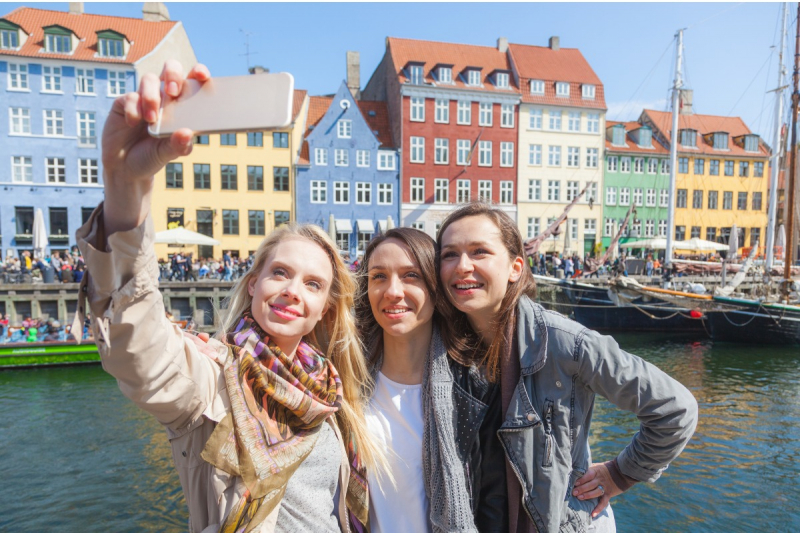
traveloffpath.com -
You won't have to worry too much about language issues since more than 80% of Danes are English speakers. This is primarily due to the free education system, however, it's also possible that it has something to do with the fact that English-language films aren't often dubbed before being broadcast on TV and in theaters. Since the 1930s, English language instruction has been required in every school in Denmark. It's uncommon to meet a Dane who doesn't speak excellent English.
The fact that you won't get lost in translation makes it one of the reasons you should visit Denmark. Visitors who know English will have little trouble interacting with locals in Denmark, making it possible to ask for directions and navigate the country without any issues. Traveling through this region of the world is made considerably simpler for tourists by the fact that this also holds true for the other Scandinavian nations. Even so, picking up a little of the regional vernacular is still enjoyable.

speakeasybcn.com 
migrationobservatory.ox.ac.uk













